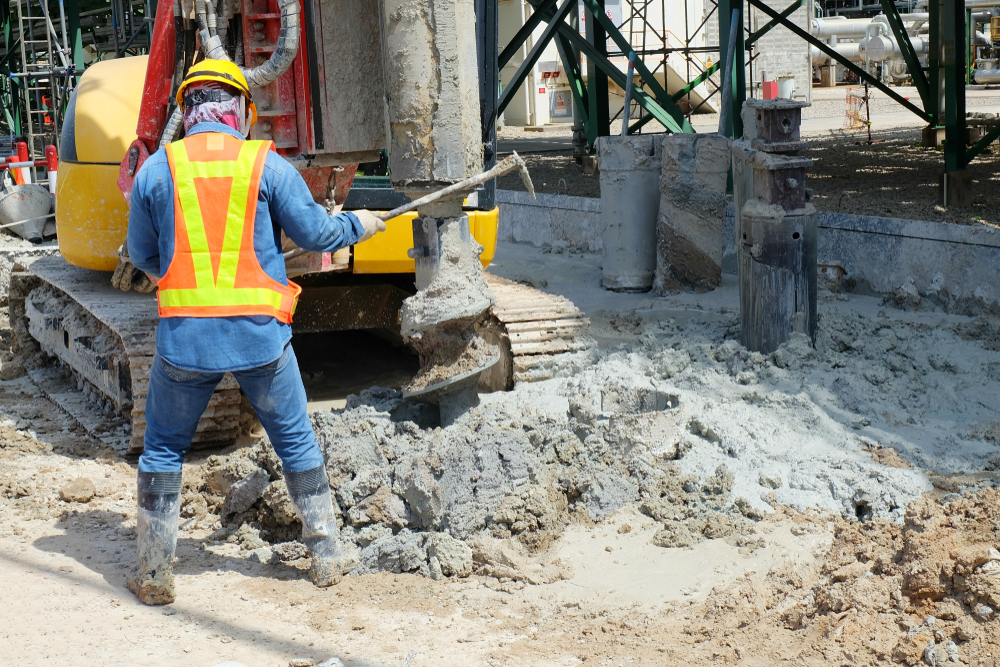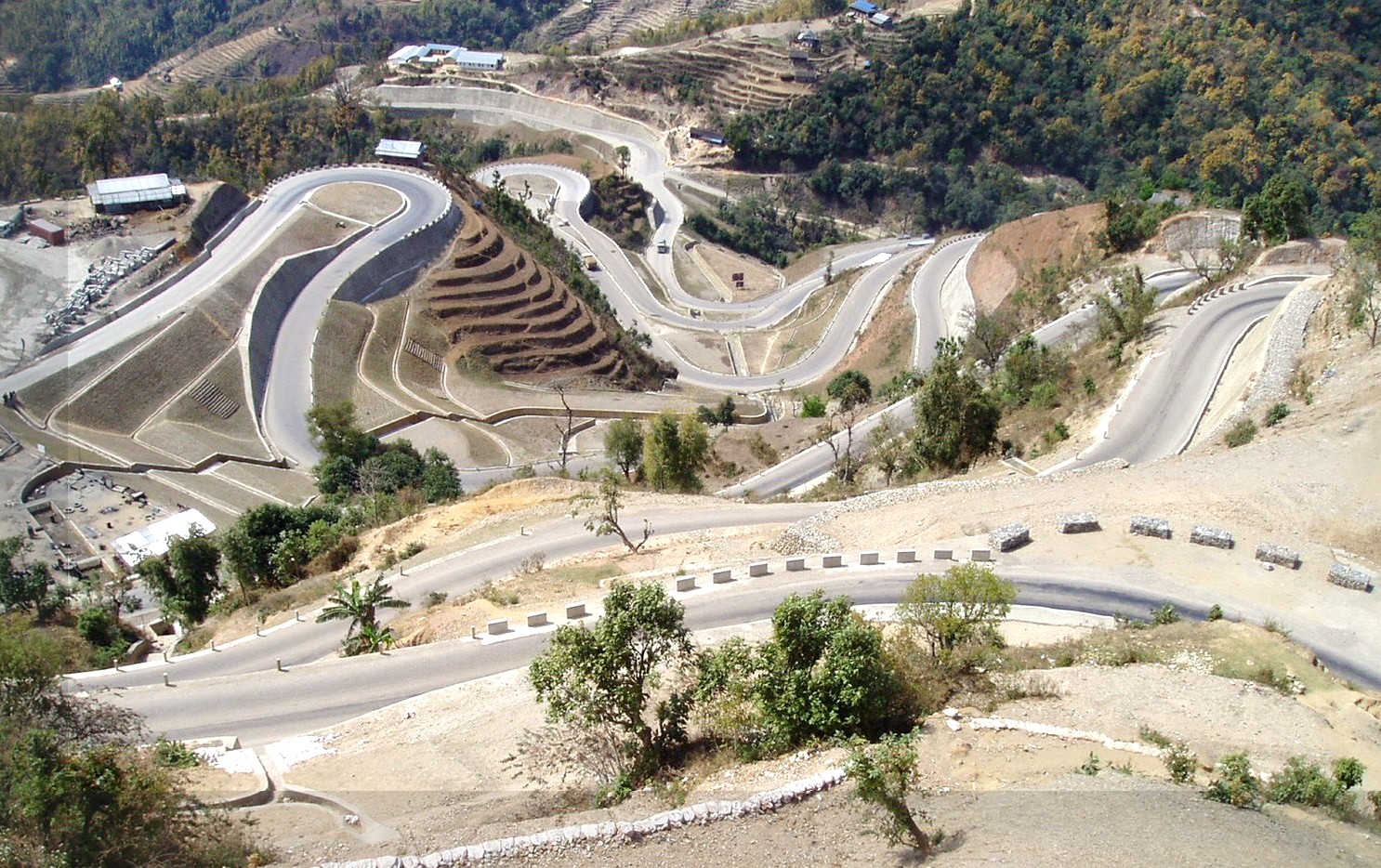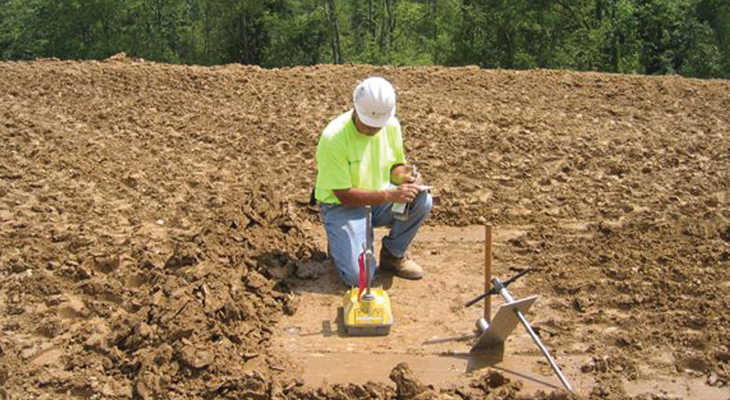The Interdisciplinary Approaches in the Geotechnical Sector: Linking the Void In Between Design, Geology, and Environmental Scientific Research for Optimal Task Outcomes
The combination of engineering, geology, and environmental science within the geotechnical sector is not merely useful; it is crucial for accomplishing optimal project results. This interdisciplinary collaboration promotes a detailed understanding of facility site problems, allowing for cutting-edge services to arise. By taking a look at key functions and successful case research studies, we can reveal the dynamic interaction that drives job success. Challenges continue to be in successfully taking care of these multidisciplinary efforts, increasing inquiries regarding future fads and possible innovations. What methods might emerge to promote this important cooperation and boost the effectiveness of geotechnical techniques?
Significance of Interdisciplinary Collaboration
The importance of interdisciplinary cooperation in the geotechnical market can not be overemphasized. Efficient geotechnical tasks need the integration of diverse expertise from numerous fields, consisting of design, geology, and environmental scientific research. This cooperation makes certain that all facets of a job are thought about, causing thorough options that address intricate challenges.
Interdisciplinary cooperation promotes technology by allowing specialists to share insights and methodologies that might not appear when functioning in seclusion (tailings engineer). By leveraging the staminas of numerous disciplines, teams can determine possible risks, maximize design procedures, and improve the sustainability of geotechnical tasks. Such collaboration advertises an all natural understanding of site-specific conditions, which is important for exact analysis and decision-making.
The intricacy of geotechnical projects demands a worked with approach to problem-solving. Eventually, interdisciplinary collaboration is important for progressing ideal techniques and attaining excellence in the geotechnical industry.
Trick Duties of Each Self-control
Partnership amongst different techniques is not simply advantageous; it is crucial for the effective execution of geotechnical jobs. Each self-control-- engineering, geology, and environmental science-- plays a distinct yet interconnected role that contributes to forecast effectiveness and sustainability.
Geotechnical designers are primarily in charge of designing structures and making sure architectural stability. They examine dirt and rock homes to examine load-bearing capacities, offering vital data for secure building practices. Their expertise allows the formulation of cutting-edge remedies to intricate difficulties.

Environmental scientists examine the possible influences of building on environments and water resources. They perform ecological assessments and develop mitigation approaches to decrease unfavorable results. By integrating ecological factors to consider, they guarantee conformity with laws and promote sustainability throughout the job lifecycle.
Instance Studies of Successful Assimilation
Successful combination of geotechnical disciplines can be exhibited via different case research studies that highlight the performance of synergy in dealing with complex design challenges. One noteworthy instance is the construction of the Hong Kong-- Zhuhai-- Macau Bridge, where a collective technique entailing geotechnical engineering, geology, and ecological science was important. Rock hounds and engineers operated in unison to assess the seabed problems and optimize the structure style, ensuring security and reducing ecological influence.
An additional impactful case is the improvement of slope security in the San Francisco Bay Location, where an interdisciplinary team incorporated geotechnical analysis with ecological analyses. By incorporating geological studies and hydrological studies, the group efficiently determined possible landslide dangers and implemented efficient mitigation measures, improving safety and security and sustainability.
Furthermore, the redevelopment of Brownfield websites usually needs a multidisciplinary strategy. In one case in Chicago, collaboration among geotechnical engineers, ecological researchers, and urban coordinators resulted in the effective removal of contaminated dirt, enabling for the safe transformation of the website right into an area useful source park. These study illustrate that interdisciplinary cooperation not just addresses technological challenges however also fosters cutting-edge options that profit both tasks and communities.
Difficulties in Multidisciplinary Projects

Furthermore, coordinating routines and process amongst various teams can be troublesome, particularly when each discipline has one-of-a-kind job milestones and deliverables. This imbalance can lead to hold-ups and boosted expenses. The obstacle of resource appropriation also looms huge; making certain that customized competence is available at crucial points requires careful planning and foresight.
Last but not least, regulative conformity poses another significant obstacle. Each discipline may encounter different regulative structures, and straightening these needs to satisfy task purposes can be complicated and lengthy. Addressing these difficulties necessitates strong management and reliable interaction approaches to promote cooperation and ensure that multidisciplinary teams function cohesively towards shared goals.
Future Trends in Geotechnical Practices
As the geotechnical sector evolves, emerging trends are improving methods to address the difficulties faced in multidisciplinary projects - consulting engineer. One significant fad is the enhanced combination of sophisticated innovations, such as expert system and artificial intelligence, right into geotechnical analysis and style. These innovations enhance predictive modeling and danger analysis, enabling designers to make more informed decisions throughout the job lifecycle

Moreover, the fostering of digital twins and real-time surveillance systems is becoming much more prevalent. These devices facilitate continuous analysis of dirt problems and structural efficiency, permitting timely interventions when issues develop.
Final Thought
In verdict, the combination of engineering, geology, and environmental scientific research is crucial for accomplishing ideal outcomes in the geotechnical industry. Interdisciplinary cooperation promotes innovation, improves problem-solving capacities, and lines up technical needs with environmental sustainability. Effective study illustrate the benefits of this strategy, while recognizing the difficulties dealt with in multidisciplinary projects. Looking in advance, welcoming these collective practices will certainly be crucial for browsing future patterns and advancing the field of geotechnical engineering.
The combination of design, geology, and ecological science within the geotechnical market is not just useful; it is important for attaining ideal project results. Effective geotechnical jobs try this call for the combination of diverse expertise from various fields, including design, geology, and ecological scientific research.Browsing the complexities of multidisciplinary jobs in the geotechnical sector offers a number of considerable challenges.As the geotechnical market advances, arising trends are reshaping methods to resolve the obstacles faced Visit Website in multidisciplinary jobs. Geotechnical designers are increasingly working together with environmental scientists to make certain that tasks align with sustainability goals and comply with regulative needs.